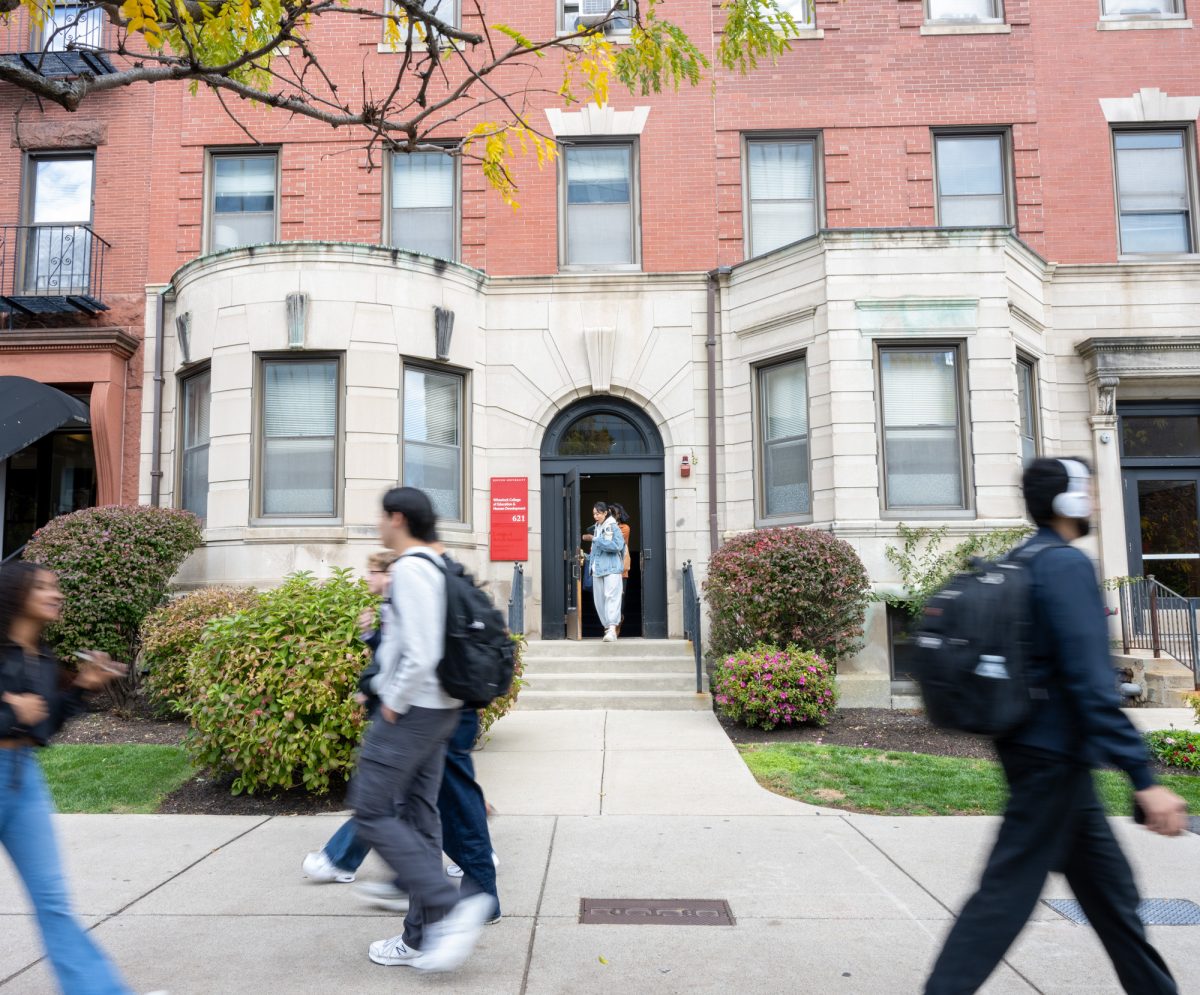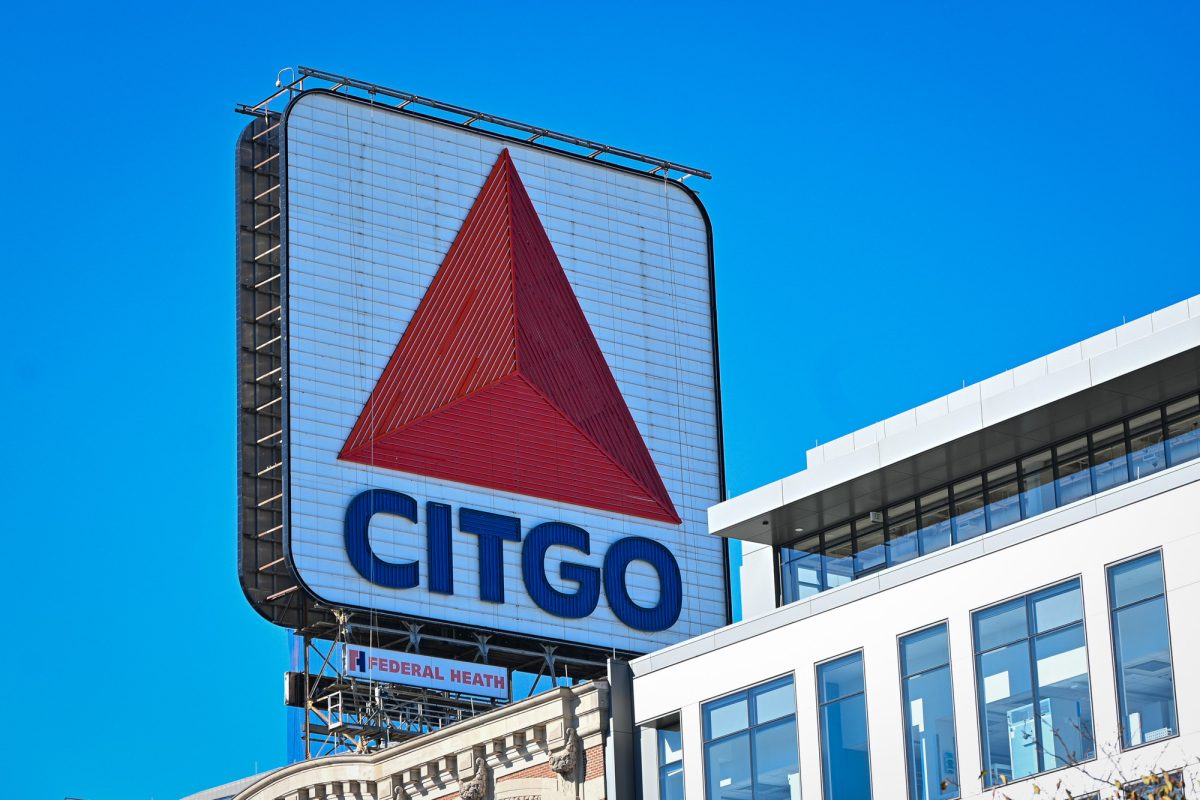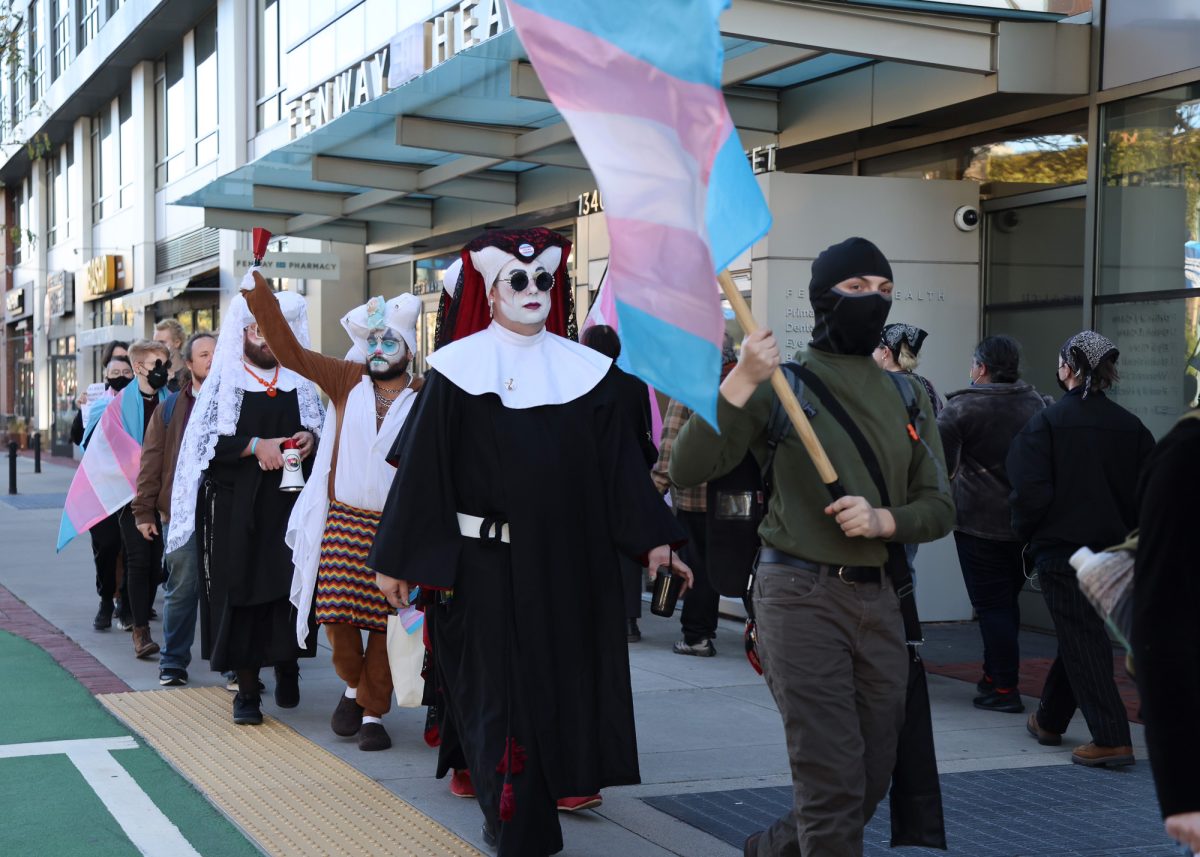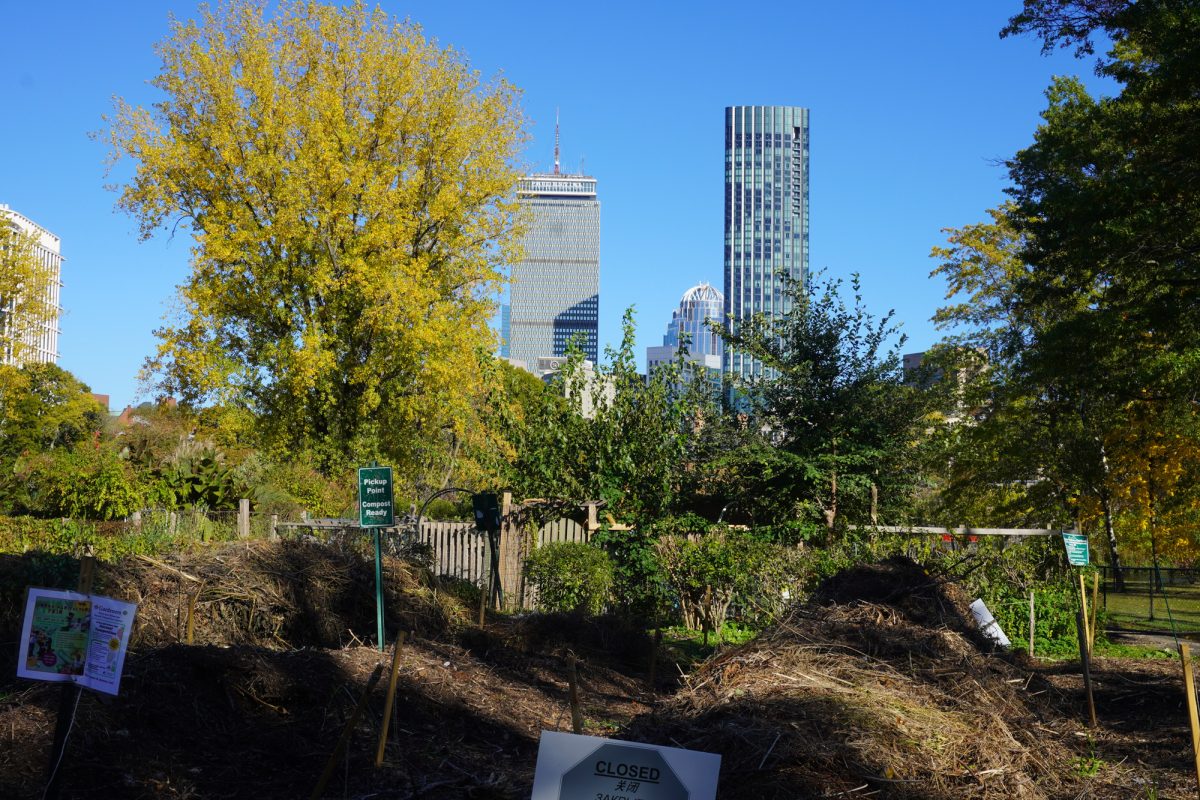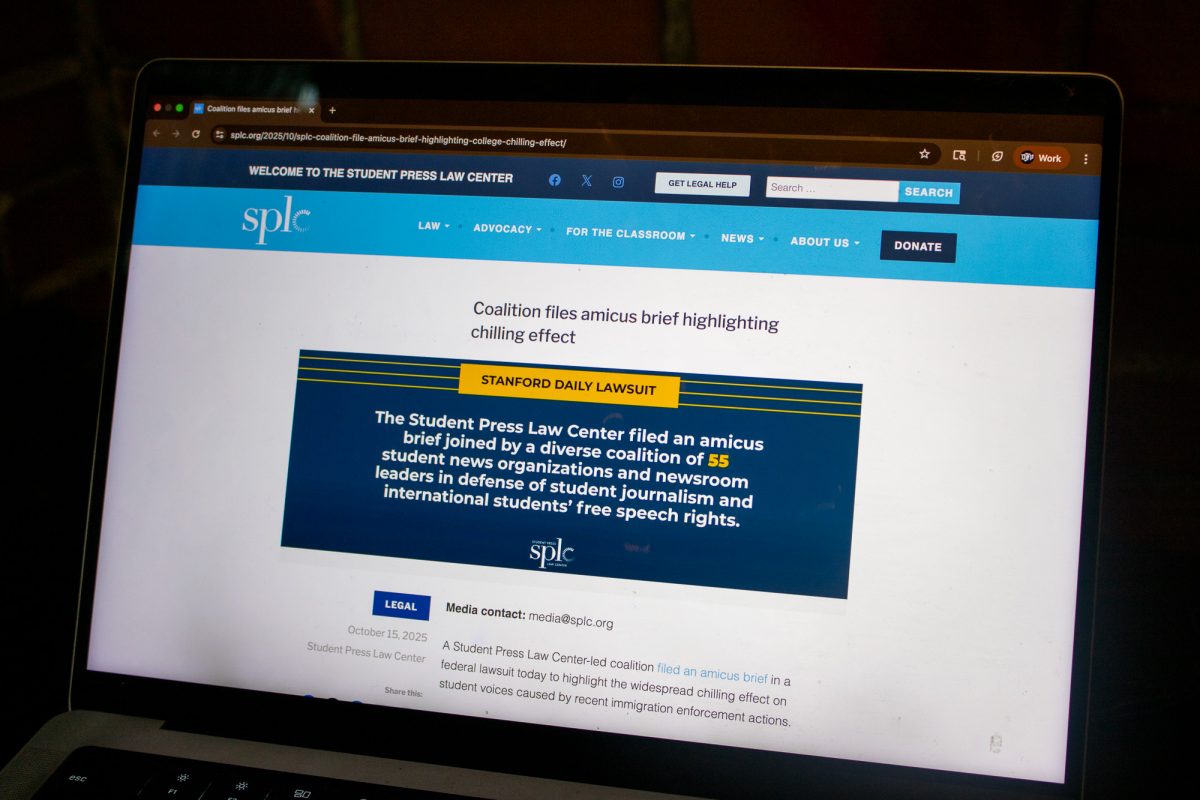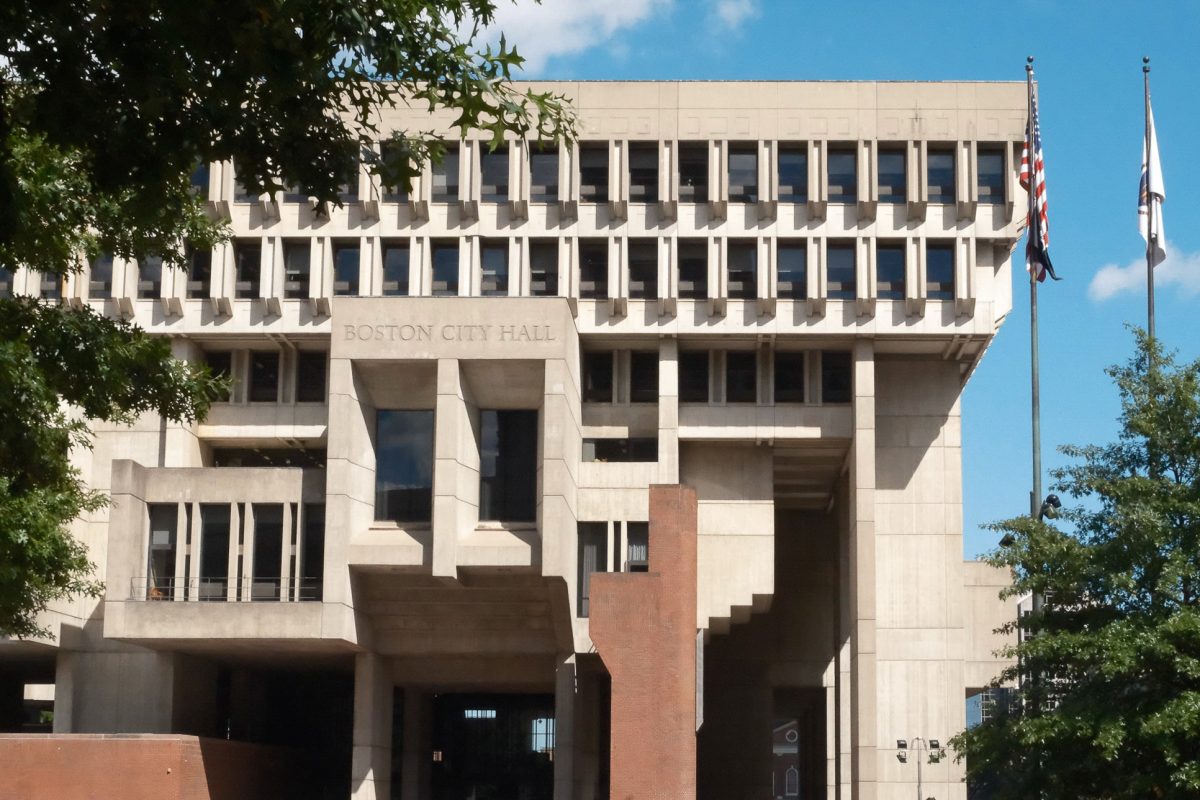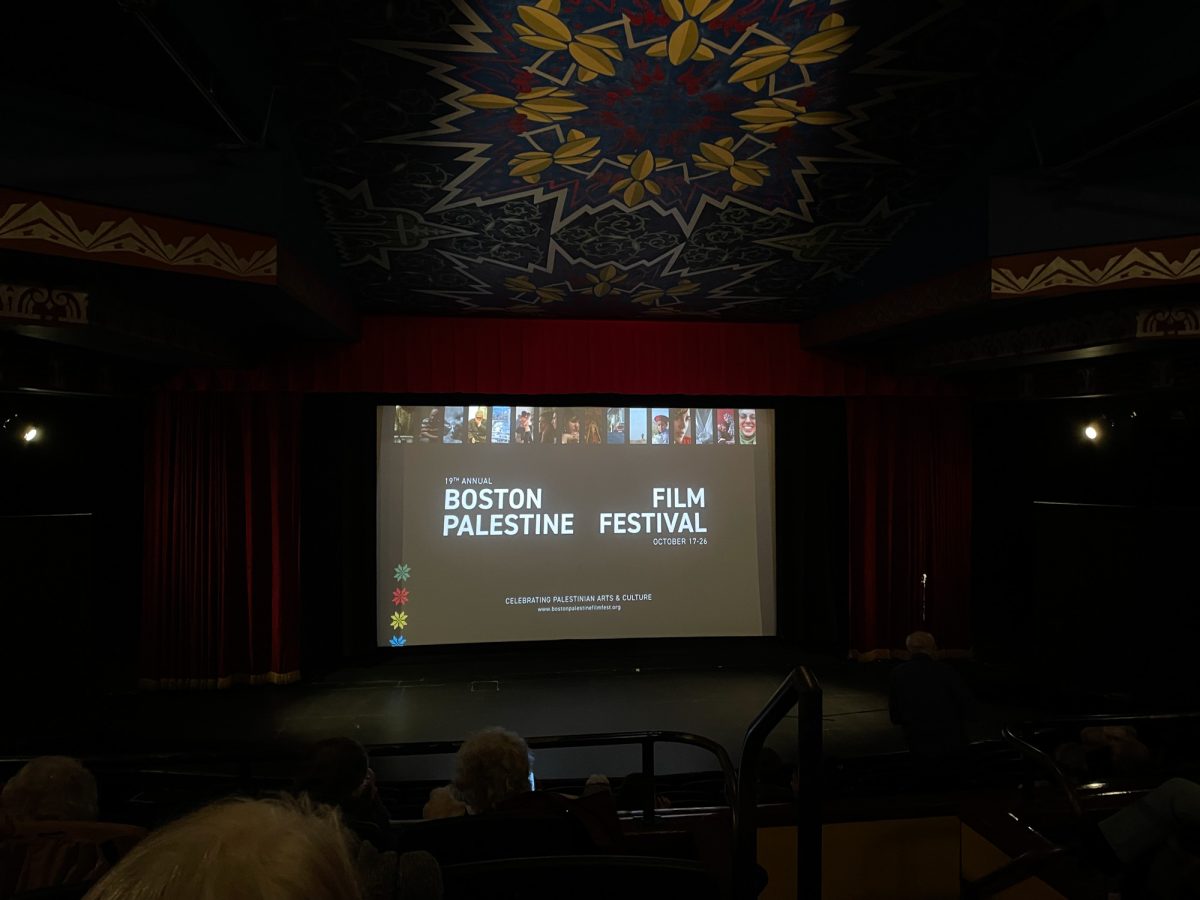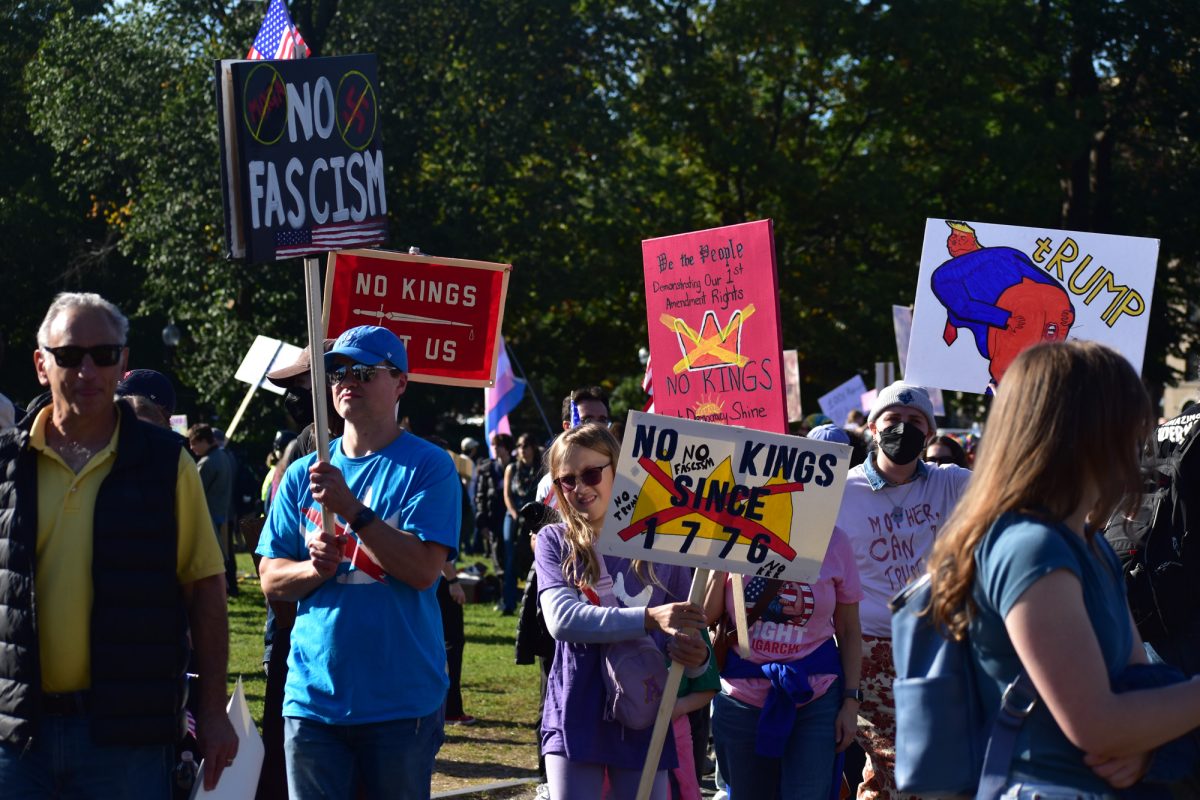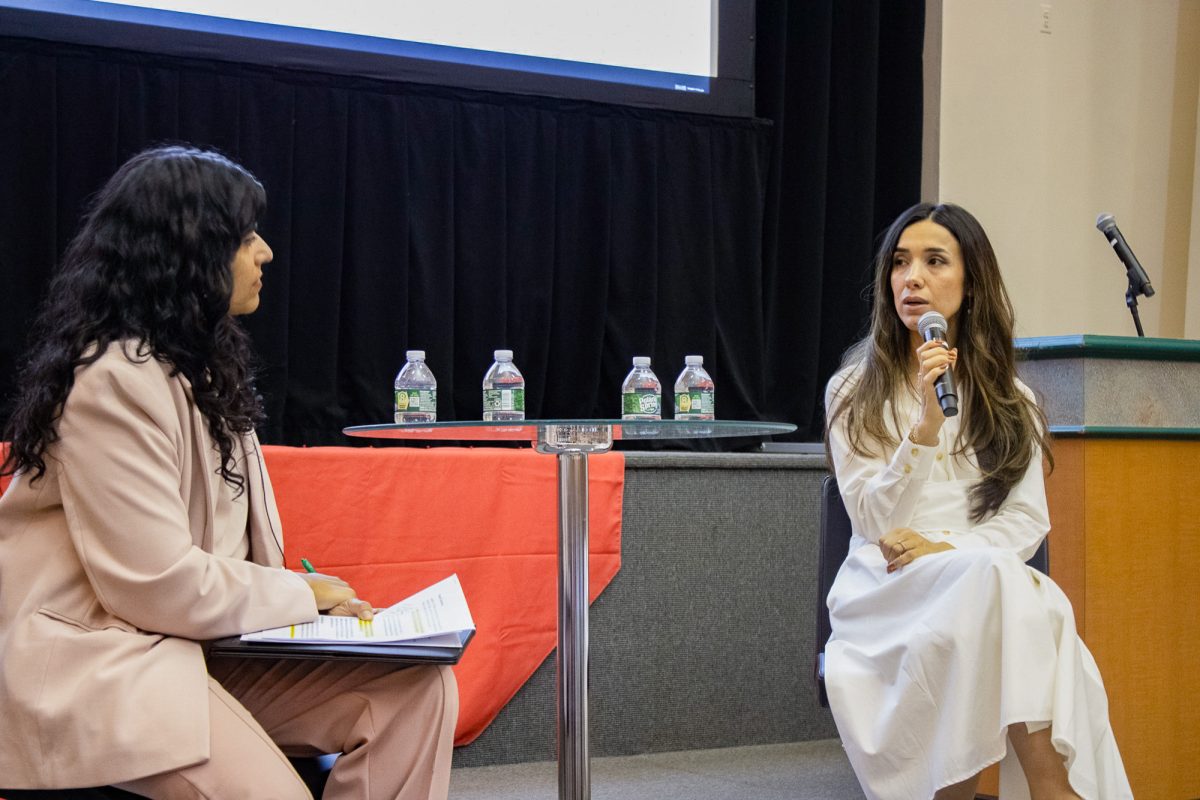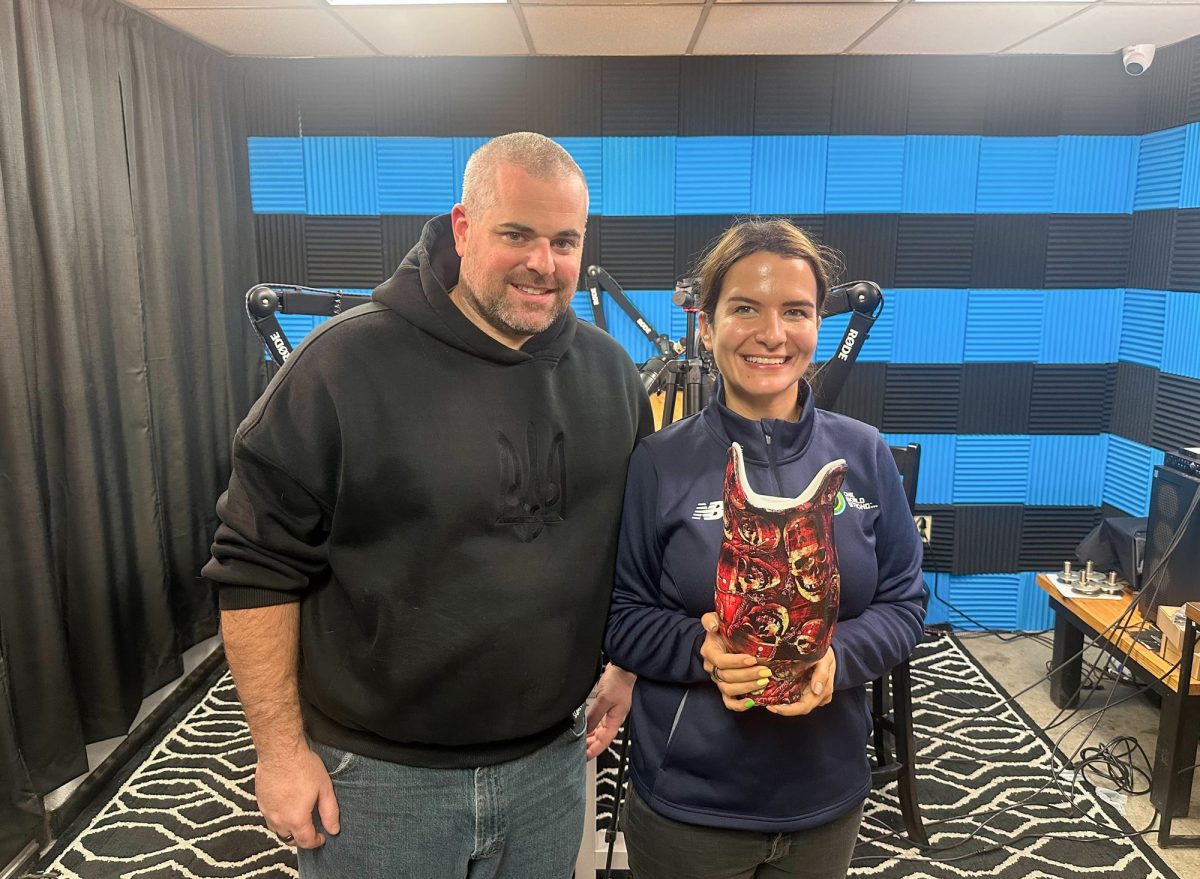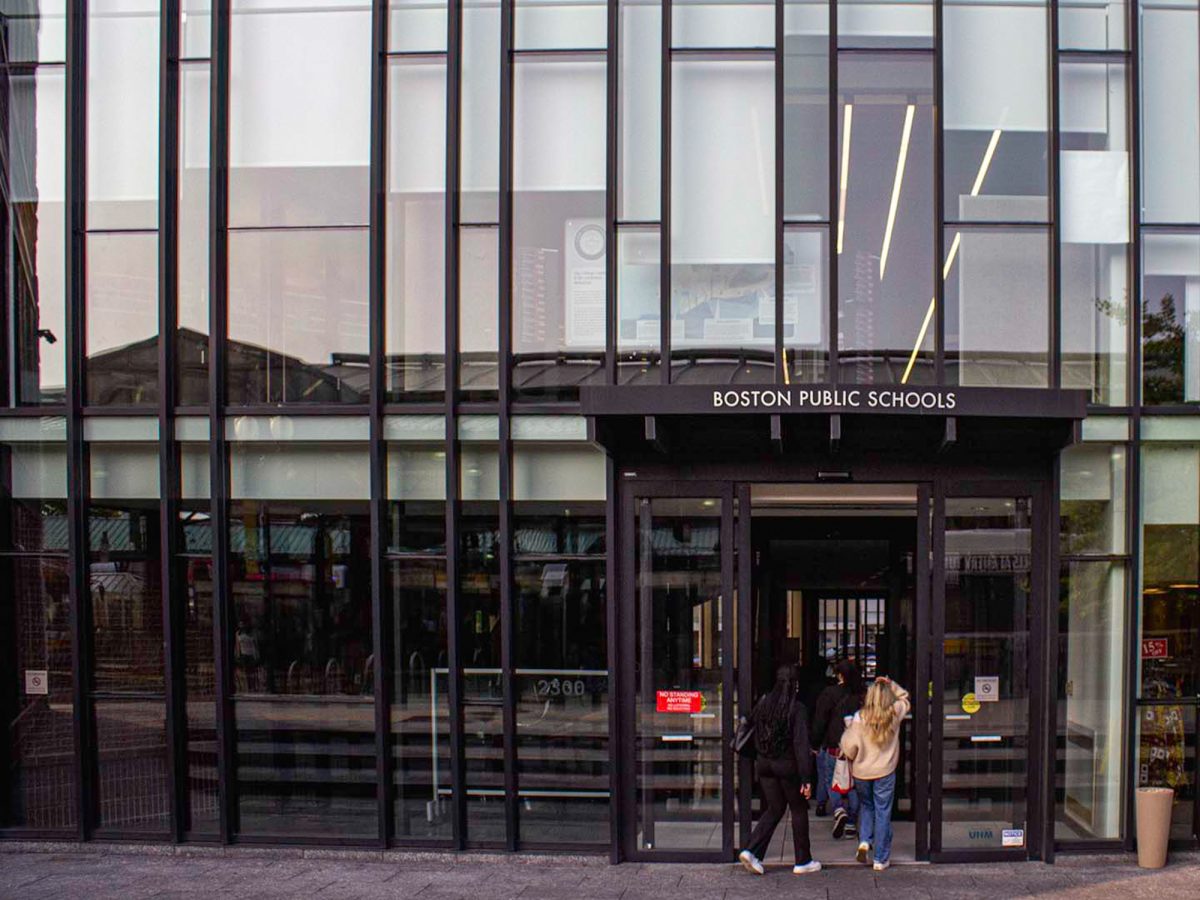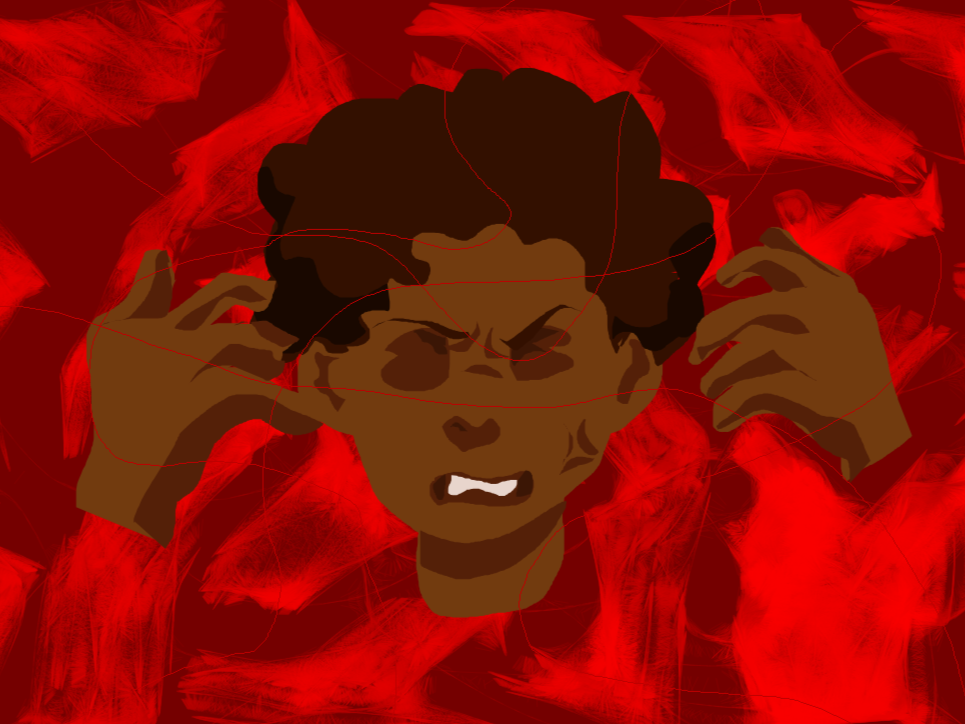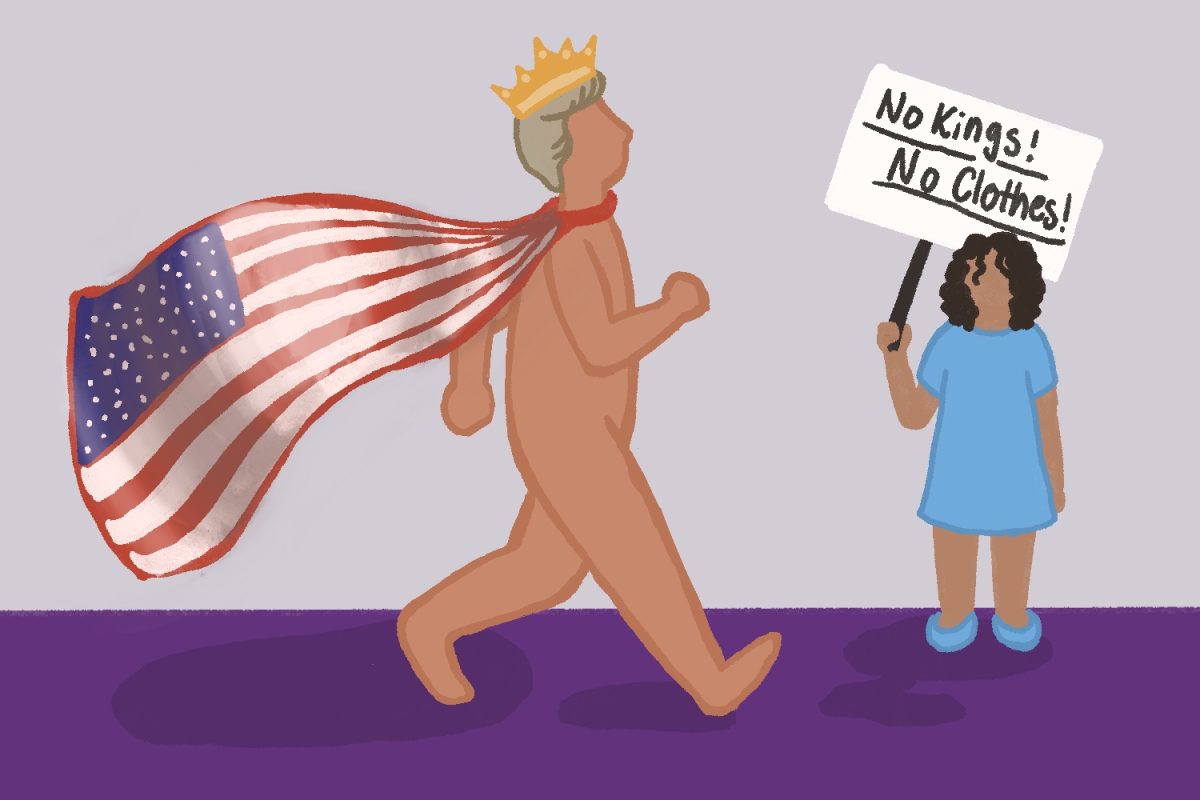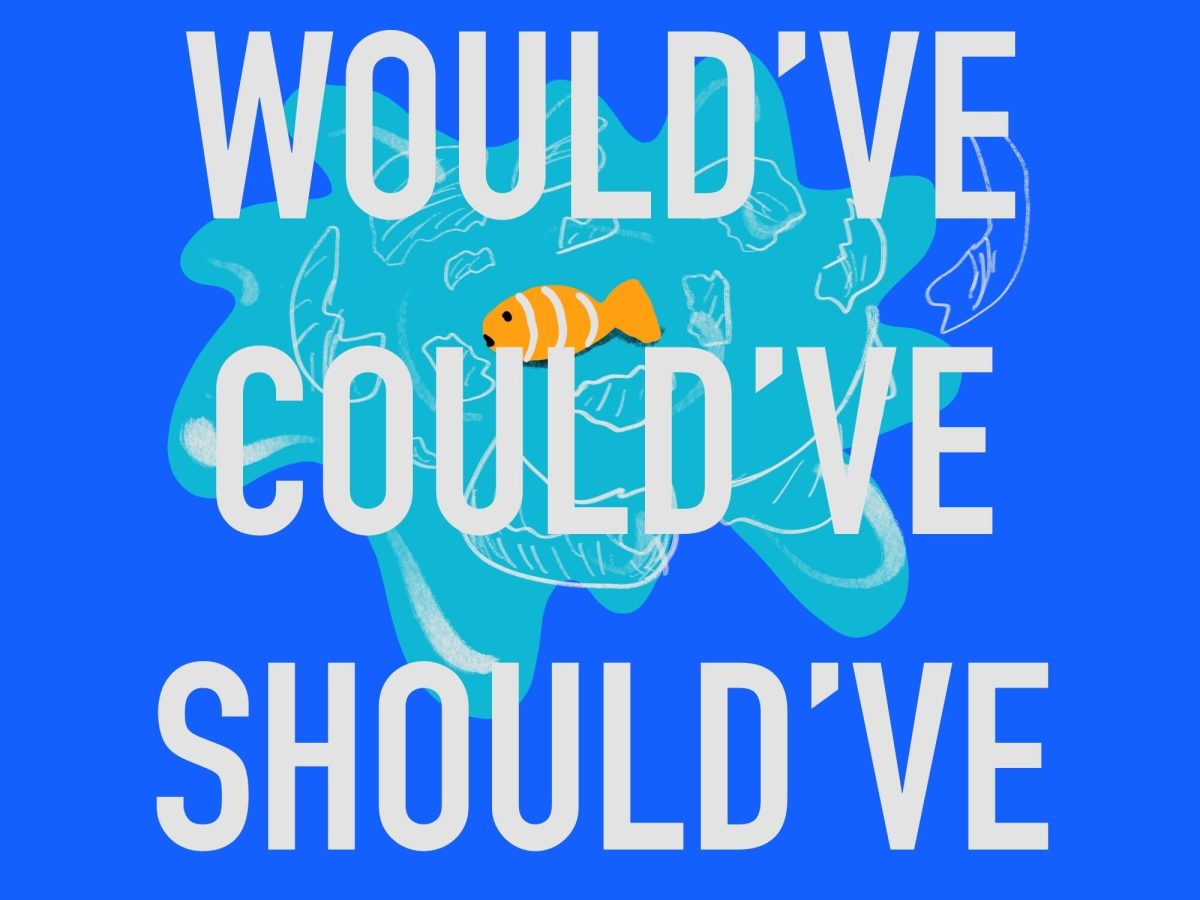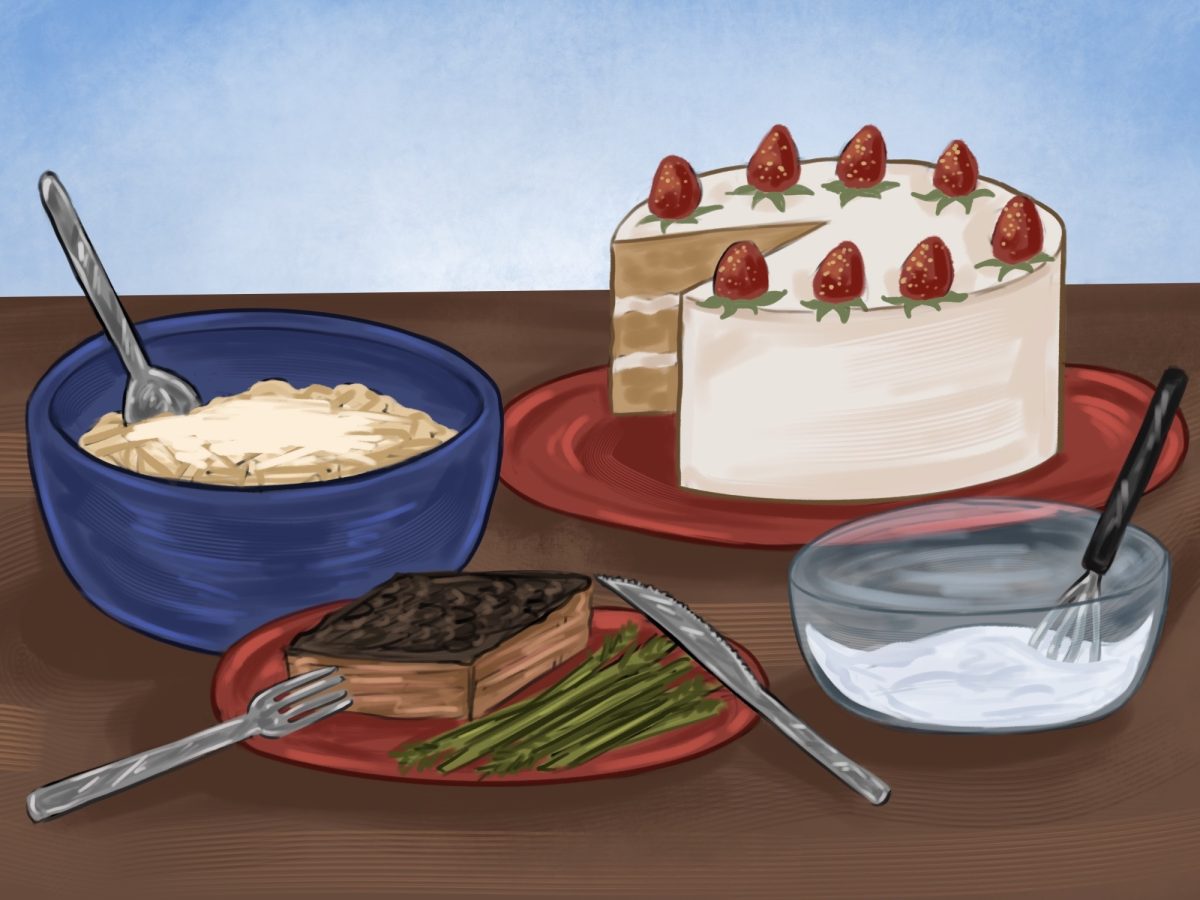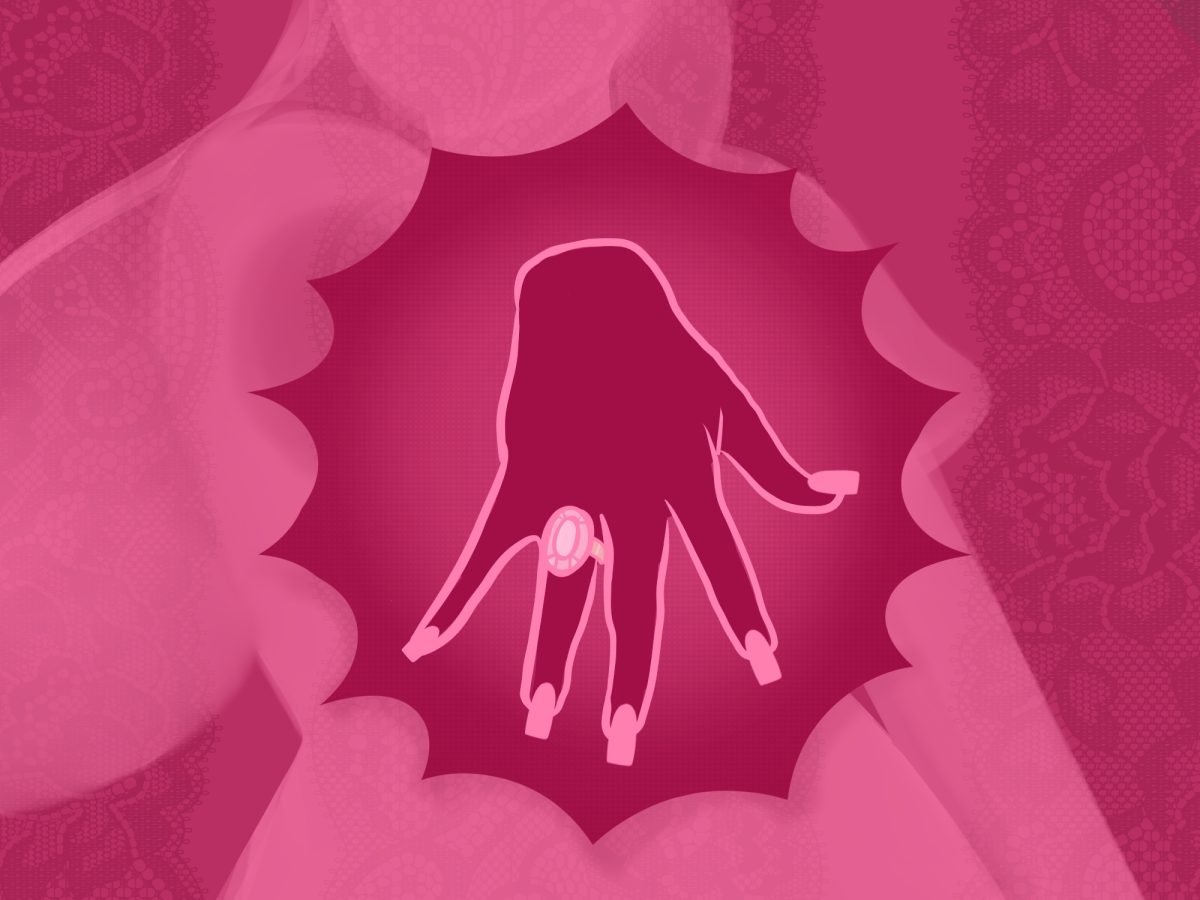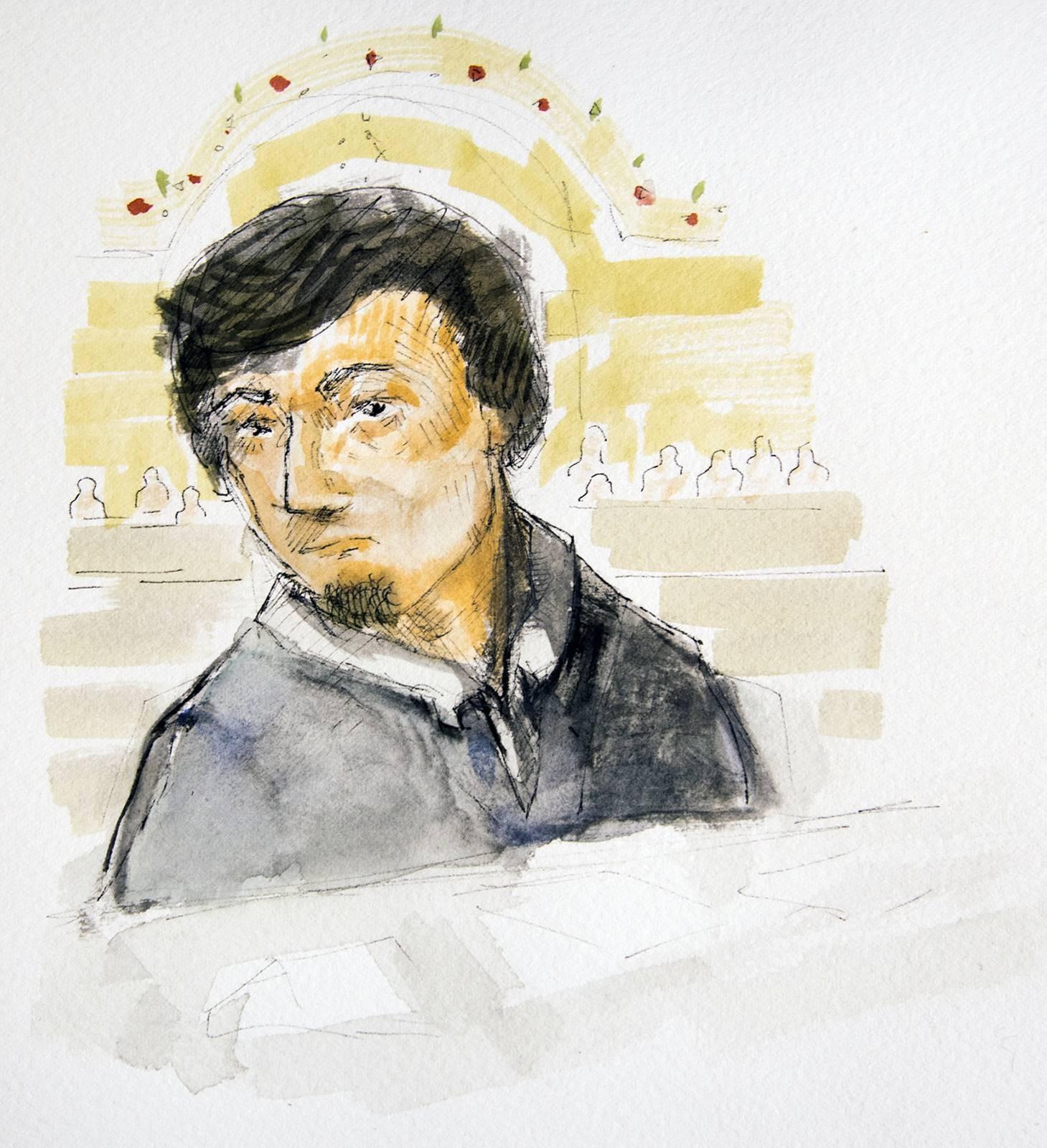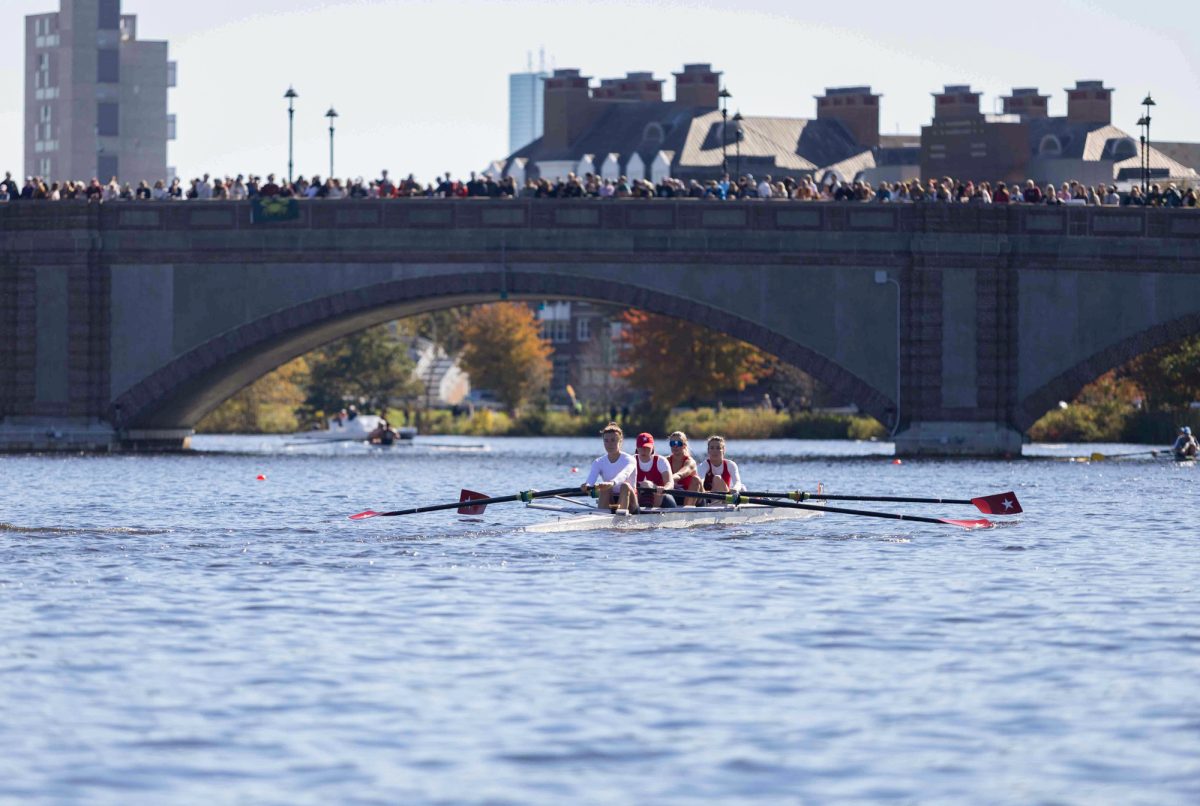Monday marked day three of testimony in the trial of Dzhokhar Tsarnaev, the 21-year-old who allegedly, with his older deceased brother Tamerlan, placed two bombs at the finish line of the Boston Marathon on Boylston Street on April 15, 2013. The bombs killed three and injured more than 260. He is pleading not guilty to all 30 federal counts for which he is being tried.
On Monday, the court was presented with the testimonies of victims, paramedics, FBI agents and Boston Police officers. The jury was provided with video surveillance of the Tsarnaev brothers on Boylston Street on the day of the bombings. Later, video surveillance also depicted Dzhokhar Tsarnaev’s purchase of a half gallon of milk just minutes after the bombs had exploded and his trip to the gym at the University of Massachusetts Dartmouth the next evening.
The jury was also presented with a series of tweets that the defendant had allegedly posted from two separate Twitter accounts before and after the 2013 Boston Marathon.
The morning began with the prosecution calling more witnesses to the stand to share their stories from the day of the Marathon bombings. The following are testimony summaries, given in the order the witnesses were called.
Jessica Kensky
In April 2013, Jessica Kensky was working as an Intensive Care Unit nurse in the oncology department at Massachusetts General Hospital. On the day of the marathon, she told the court, she and her husband, Patrick Downes, had no definite plans for the day.
“We wanted to enjoy the day and go for a walk,” she said.
After walking through the Public Garden, where Downes had proposed to Kensky, the two decided to make their way over to the marathon finish line. They weren’t planning on staying long, she said.
“I remember feeling really happy. I remember feeling the sun on my face … we were clapping and cheering,” Kensky said.
Kensky, now a bilateral leg amputee, was watching the marathon over her husband’s shoulder when the first bomb went off.
After the explosion, Kensky said she wanted to go into what she called “nurse mode”: she wanted to help the people around her before she helped herself. Kensky knew her husband, whose left leg was amputated due to severe injuries from the bombing, needed help.
“I thought he was going to bleed out on the sidewalk,” she said.
At the time, she didn’t notice that she was on fire, or that nearly all of her left leg was gone.
“I thought that I was aware, but obviously I wasn’t even aware that I was on fire. That’s when I gave up control,” Kensky said.
The prosecution showed Kensky’s yellow jacket, which she wore the day of the bombing. It was covered in blood, dirt and burn holes, which Kensky said are “identical to my burn scars.”
Kensky and her husband were brought to different hospitals and remained separated for weeks until Kensky was stable enough to be moved. They visited with each other, but decided that it was best to remain in the care of their doctors. They spent five more weeks apart.
“It is very bizarre to have a body part suddenly missing,” Kensky said. “The agony and pain of that decision-making … and realizing you still can’t live the kind of life you want to live, I just, I don’t have words for it.”
Kensky’s right leg was amputated in January.
“To become a bilateral amputee was terrifying,” she said. “I also wanted some memory of my body … I wanted to paint my toe nails … to lose my second leg was a gut-wrenching decision.”
Danling Zhou
Danling Zhou, a 24-year-old international student from China, began studying at Boston University in 2012, pursuing her master’s degree in actuarial science.
On the morning of the marathon, Zhou and her two good friends, Lingzi Lu and another she identified as Tiffany, decided to attend the marathon. Lu wasn’t originally supposed to attend — she had an exam to study for — but later decided that she wanted to join.
When Zhou heard the first bomb explode from where she was standing in front of Forum restaurant, she said she didn’t think much of it.
“I didn’t really know that it was a bomb. So when the first bomb happened, everyone around there was shocked. Everyone was panicked. Everyone was asking what happened. I never [thought] it was a bomb,” she said.
Just as she and Lu were about to head back to BU’s campus, the second bomb exploded. Zhou’s abdominal area was lacerated, she said, and she decided not to scream so that she could conserve her energy.
Lu, however, yelled for help.
“I hear Lingzi yelling, so I know that she’s alive. So I think I should try to calm her down,” she said.
The two were later separated when Zhou was given ice by a restaurant and attended to by first responders. Zhou was eventually moved to a nearby hospital and had surgery to remove bomb shrapnel and dirt from her wound. Although she had developed an infection, Zhou survived. Lu, however, was one of the three to die as a result of the bombings.
“After a while, I keep waking up and go back to sleep because of the medicine,” she said. “Every time I wake up, I ask whether or not they find her. So I ask again, and he [a friend] says, ‘She passed away.’”
Matthew Patterson
An 11-year employee of the Lynn Fire Department, Matthew Patterson, was attending an event, the same he had attended every year, at Abe and Louie’s restaurant on the day of the Boston Marathon bombing. He was sitting with his friends and his girlfriend when the first bomb went off.
“It gained my attention for a different reason,” he said. “I felt what can only be described as an energy release … it made me think something more was wrong than an accident.”
Patterson instructed everyone in the restaurant to get down and get back. He ran out of the restaurant, went over the marathon barrier and came across a victim who needed immediate care, he said.
This victim, Patterson later learned, was Jane Richard, the sister of 8-year-old Martin Richard, who died as a result of the second bomb.
“Her hair was singed. Her face was full of soot,” he said. “She looked more of a boy compared to a girl at that time.”
After using a belt as a tourniquet on Jane’s leg and moving her to an ambulance, Patterson noticed a figure under a tablecloth a few feet away. He lifted the tablecloth to find Martin.
“His face was ashen … His shirt was removed,” Patterson said.
He cleared the area, telling first responders to move on.
“From what I had seen, there was nothing to be done at that time,” he said.
James Bath
A general practitioner in Somerville, James Bath looked forward to the Boston Marathon every year, and he and his wife had taken the day off in 2013, he said. After walking down Newbury Street, his wife decided to go home and work, but he kept walking toward the finish line. He was at the corner of Newbury and Gloucester Streets when he heard the first explosion, he said, and when the second explosion went off, it was “louder and much closer.”
As Bath walked toward Boylston Street to see what had happened, a man approached him.
“He kept repeating to me, ‘All my friends are dead. I need to get out of here,’” Bath said.
Bath reached Boylston Street just as the barricades had been taken down.
“The thing that struck me first was the unmistakable smell of burning tissue and blood. When you go through medical training, this is something you get accustomed to,” he said. “But it was overwhelming at this point.”
Bath noticed an “Asian girl,” later identified as Lingzi Lu, lying in front of Forum restaurant. She had a deep laceration, Bath said, and was taking her last breaths.
“At that point, I realized she was dying. She hadn’t died yet, but she was going to shortly,” he said.
Bath then attended to another couple, who were both talking, but in shock, he said. They were put on stretchers and sent to the hospital.
Anthony Imel
Anthony Imel was examined first by the prosecution, then cross-examined by the defense.
Anthony Imel, who is in charge of forensic audio analysis at the FBI headquarters in Quantico, Virginia, was assigned to the Boston Marathon bombing investigation on April 16, 2013. He began work at Black Falcon, a previously empty warehouse on the Boston seaport that had been transformed into evidence headquarters for the investigation.
Imel presented the jury with a video account of the paths the Tsarnaev brothers took on the day of the trial, circling who appears to be Dzhokhar, in a white hat, and who appears to be Tamerlan, in a black hat.
“At that point, we referred to them as ‘White Hat’ and ‘Black Hat,’” Imel said.
Imel made it clear that the time stamps on each video, which were compiled based on submissions from civilians’ personal footage and businesses’ security cameras, could possibly be inaccurate. He stated that the time stamp depends on what time the camera was set to, and not the time the actual actions took place. He believes, however, that most are correct. Imel said he has viewed this footage hundreds of times over the past two years.
The video compilation allegedly depicts both Dzhokhar and Tamerlan carrying backpacks down Boylston Street, beginning at Whiskey’s Steakhouse. The defense emphasized that Black Hat, Tamerlan, was always in the lead of White Hat, Dzhokhar.
The suspects eventually split up, and Dzhokhar remained stationed in front of Forum restaurant and Crate & Barrel.
In all images up to this point, the suspect in the white hat had been seen with a backpack on his shoulder. In the next video slide, the suspect can be seen bending down next to a tree and coming back up. At this point, he no longer has a backpack on his shoulder.
Then, the suspect makes a phone call, which was allegedly made by Dzhokhar to Tamerlan. Imel presented phone records to the court, which showed an outgoing call made from a number registered to Dzhokhar and an incoming call received from a number registered to Tamerlan.
It was minutes later when the first and second bombs exploded. The second explosion is shown in the video compilation.
The defense argued that the phone records cannot prove which suspect called the other.
When asked which came first, Imel responded, “The phone call. Then the explosion.”
James Hooley
James Hooley, chief of dispatch at Boston Emergency Medical Services, said 13 ambulances, in addition to the everyday 24, as well as John Deere tractors, golf carts, police wagons and other forms of transportation, were deployed the day of the marathon bombing.
“We shifted into mass casualty mode … it’s something that we train and prepare for,” he said.
He and his team used red, yellow and green triage tags to determine which victims needed to be treated first. Red was used those who had a likelihood of succumbing to their injuries if not treated immediately, yellow for those who had serious injuries and green for the “walking wounded.” A total of 118 victims were transported by ambulance.
Hooley displayed pie charts depicting how many victims had been sent to each hospital. Many were transported right from the scene, and many came into the emergency rooms later that day.
Victims were treated at Massachusetts General Hospital, Brigham and Women’s Hospital and Boston Medical Center, among others.
William Gross
William Gross, superintendent chief of the Boston Police Department, was working as a commander in Zone Six, one of the ten zones that had been created for the race, on the day of the 2013 marathon.
Gross said there are three general principles that the department always follows on Marathon Monday: be respectful, have a zero tolerance policy for public alcohol and drug usage and be aware of suspicious packages in the area.
“Marathon Monday, quite frankly, is a family day,” he said. “It’s the time to showcase Boston as a host for that event.”
When the bombs exploded, it was all hands on deck, he said.
“Our responsibilities were primarily to the people who were hurt at the finish line. So we sent all the resources we had. Even when we were out of ambulances, we sent our police wagons and anything we could to help them,” he said.
The scene was cleared within about 20 minutes. Air travel and Amtrak service were shut down, as were the Massachusetts Bay Transportation Authority subway lines. The Bruins game was canceled. The city was, essentially, on lockdown, he said.
The National Guard and the FBI arrived in Boston almost immediately to help begin the investigation. That evening, the FBI took jurisdiction of the investigation.
Caitlin Harper
Caitlin Harper is the Whole Foods associate store manager who was working in the Prospect Street store in Central Square in Cambridge on the day of the bombing.
Harper was asked to review security tapes and receipts from the day of the bombing. Upon review, FBI agents and Harper identified Dzhokhar, who entered the store and purchased a half-gallon of milk at approximately 3:15 p.m., shortly after the second bomb had exploded.
The footage then showed the defendant going out to the parking lot and entering the passenger side of a black vehicle.
Gregory Homol
As the Director of the Fitness Center at the University of Massachusetts Dartmouth, Gregory Homol spoke of the security system in place at the facility.
He said there is a system that requires students to swipe the barcode of their UMass ID’s to enter the facility. Students, faculty, alumni and families of employees are authorized to use the gym.
On April 19, 2013, one of Homol’s employees suggested that one of the suspects of the bombings, Dzhokhar, attended the university. Homol directed one of his work-study student employees to search the name in the swipe system and found his name on the entry list for April 16, 2013.
Christopher Frias
Christopher Frias, the IT infrastructure project manager at UMass Dartmouth, was asked to review surveillance footage from the security system at the school’s fitness center once Tsarnaev had been named a suspect in the case, he said.
“I was approached by the police with a time and date and to look for a person of interest. So what we did is we sat down at our console and reviewed the video until we found what we were looking for,” he said.
The video reviewed by Frias and the police, which was shown to the jury, showed the defendant entering and exiting the fitness facility the night of April 16, 2013.
Steve Kimball
Steve Kimball, special agent for the FBI for approximately ten years, was responsible for researching social media accounts that the defendant had owned or had access to before, during and after the Boston Marathon bombings.
The Twitter accounts, with the handles @J_tsar and @Al_firdausiA, were registered under two separate email addresses with portions of the defendant’s name in the title. The IP addresses were both traced back to UMass Dartmouth.
The prosecution asked Kimball to read a few of the tweets from each of the accounts. From the @J_tsar account, which was activated in 2011, the defendant allegedly tweeted, “Ain’t no love in the heart of the city, stay safe people,” around 5 p.m. on April 15, 2013.
Some of his earlier tweets were also brought to the attention of the jury. Tsarnaev allegedly tweeted, “Evil triumphs when good men do nothing” on March 20, 2013 and “Most of you are conditioned by the media” on April 10, 2013.
The last tweet from the @J_tsar account before the bombing read, “I’m a stress free kind of guy.”
The tweets from the @Al_firdausiA account all fit onto one screen, while there were 1,080 tweets on the defendant’s other account. The prosecution said the images chosen for both Twitter pages were images of Mecca and depicted Russian writing.
From the @Al_firdausiA account, Kimball read tweets such as, “I want the highest levels of Jannah, I want to be able to see Allah every single day for that is the best of pleasures #islam #affirdaus,” and a tweet in Russian that translated to “I shall die young.”
Another tweet stated, “I don’t argue with fools who say Islam is terrorism it’s not worth a thing, let an idiot remain an idiot.”
According to the time stamps on each of these tweets, they were all posted between early 2012 and March 2013, just one month before the Boston Marathon took place.
The defendant also allegedly tweeted quotes from rap music.
Kimball would remain on the stand when court was called back into session Tuesday morning.

